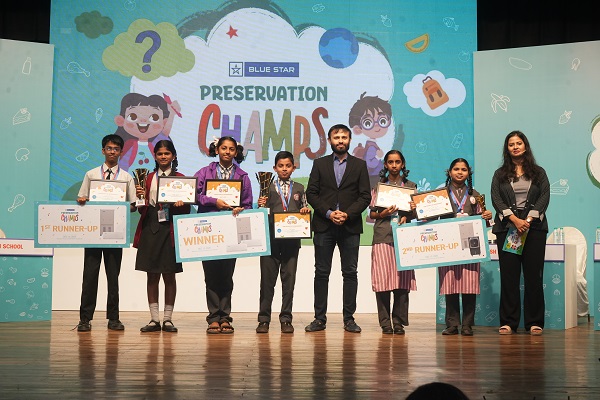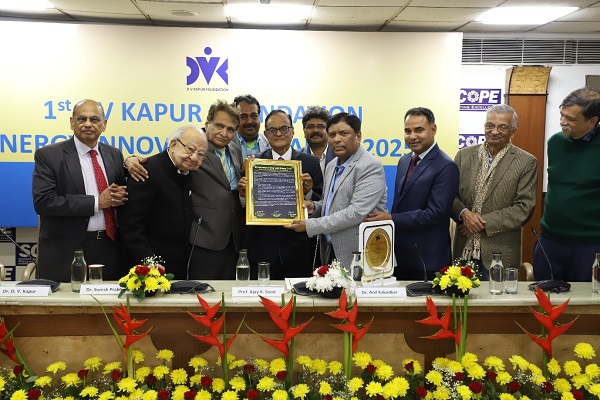Savoring Destinations: Food and Beverage Tourism on the Rise in 2025

The global appetite for culinary adventures is reshaping the way travelers explore the world, with food and beverage tourism emerging as a leading trend in 2025.
According to the latest industry data, food and beverage tourism—or culinary tourism—has seen a significant surge this year as more travelers seek immersive dining experiences over traditional sightseeing. From farm-to-table tours to street food crawls and vineyard stays, food lovers are placing local cuisine at the heart of their journeys.
Countries like Italy, Thailand, Mexico, and Japan continue to be top picks for their iconic gastronomic offerings. However, new hotspots are gaining momentum. In India, for example, cities like Amritsar, Kochi, and Indore have reported a rise in culinary tourists drawn to authentic regional flavors such as langar at the Golden Temple, Kerala seafood thalis, and spicy chaats.
One notable event making waves this year is the “Taste the World” Festival hosted in Singapore, where over 30 nations showcased their food heritage. Similarly, Spain’s La Rioja region has launched new wine immersion tours that blend vineyard visits with cooking classes led by Michelin-starred chefs.
Meanwhile, sustainability continues to play a major role. More travelers are opting for experiences that support local producers, zero-waste kitchens, and organic farming. Apps and platforms are also helping tourists locate authentic culinary experiences—from booking home-cooked meals with locals to food-focused walking tours.
Industry experts predict that food and beverage tourism will continue to grow, with a shift toward "slow travel"—where travelers take time to savor flavors, culture, and stories behind each dish.
As the world becomes more interconnected through taste, food and beverage tourism is not just about eating—it's about understanding cultures, traditions, and communities through every bite.






.jpg)

















